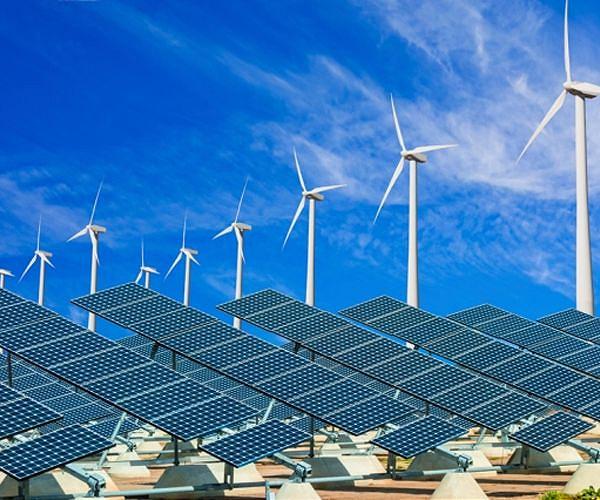
Extreme weather offers untapped opportunities for renewable energy
by Clarence Oxford
Los Angeles CA (SPX) Apr 01, 2024
Researchers at Washington State University have unveiled a study that explores the unexploited potential of solar and wind energy during severe weather conditions, which typically test the limits of the U.S. power grids. The study, spanning four decades from 1980 to 2021 across six major interconnected U.S. energy grid regions, reveals that extreme weather events, both hot and cold, coincide with conditions conducive to enhanced solar radiation and higher wind speeds. These conditions, the study suggests, can significantly bolster the performance of solar panels and wind turbines, offering a promising avenue to mitigate the energy strain during such extremes.
Published in the journal Environmental Research Letters, the findings indicate that every U.S. region experienced notable power outages during extreme temperature events over the past decade. Lead author Deepti Singh, a climate scientist at Washington State University, emphasizes the urgent need to leverage renewable energy sources during these critical periods. “These extreme events are becoming a regular occurrence across the U.S.,” Singh remarks, “highlighting the necessity for a resilient and reliable energy supply that can meet increased demands, especially during widespread temperature extremes.”
The study provides evidence of increased solar energy capture potential in all U.S. regions during heat waves and in five out of six regions during cold spells, with the exception of the Texas grid. Notably, atmospheric conditions during heatwaves, characterized by cloudless skies, significantly enhance solar energy generation potential. Wind energy potential, however, exhibited more variability, with increased capture capabilities identified in the Northeast during cold spells and in the Texas and Midwestern grids during heatwaves.
Singh and her team’s analysis underscores the exacerbation of large-scale heat waves, particularly across the Western U.S. and Texas, where frequency has surged by 123% and 132%, respectively. Conversely, while cold extremes have shown a decrease in frequency, their intensity, duration, and coverage have largely remained unchanged, as exemplified by the devastating February 2021 cold wave that impacted nearly the entire country.
The research advocates for an expansion of solar and wind energy infrastructure to enhance the resilience of the U.S. energy grid against extreme temperature fluctuations. Such an approach not only promises to alleviate the strain on power grids but also advances energy equity and reduces pollution linked to fossil fuel consumption. “Renewable energy sources like solar and wind not only bolster our grid’s resilience during extreme events but also contribute to a healthier environment and promote energy equity by enabling a more distributed energy system,” Singh adds.
The study calls for further research and technological advancements to fully harness the potential of renewable energy in fortifying energy grids against the impacts of climate variability and extreme weather conditions. Singh concludes, “While there are challenges to overcome, particularly in terms of infrastructure vulnerabilities and environmental impacts, the benefits of transitioning to renewable energy are clear and compelling.”
Research Report:Enhanced solar and wind potential during widespread temperature extremes across the U.S. interconnected energy grids
Related Links
Washington State University
All About Solar Energy at SolarDaily.com







